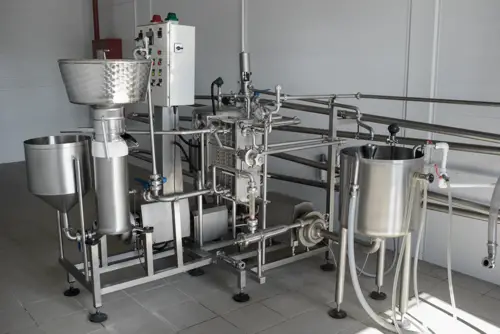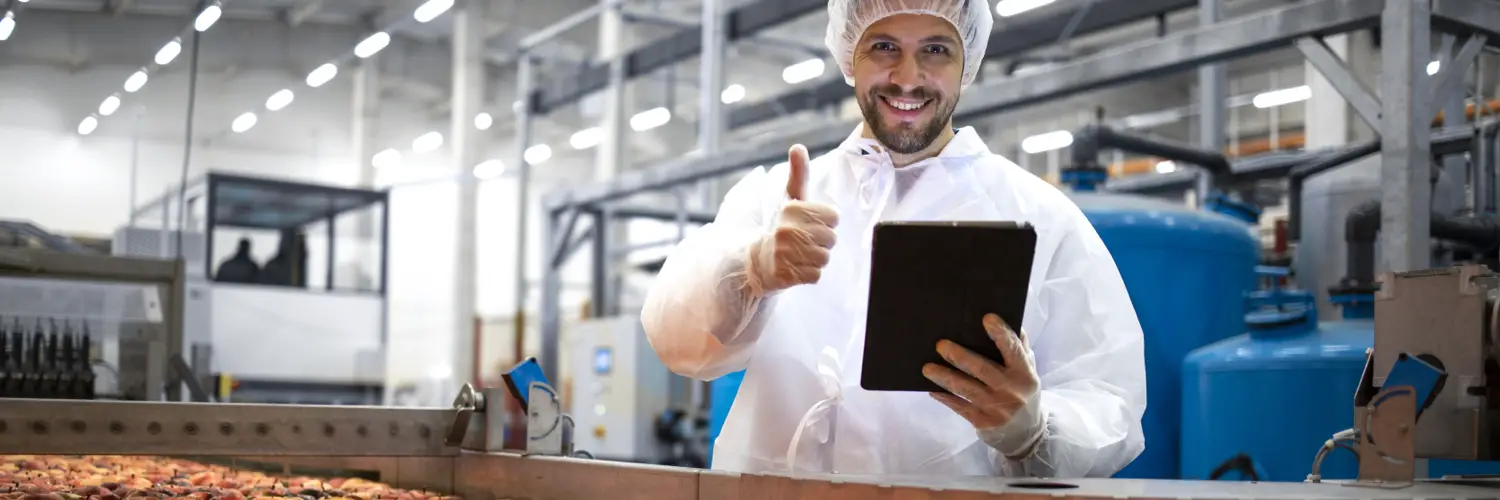5 Essential Equipment For Food Processing And Distribution
Having a food processing and distribution business means that you should not only invest in manufacturing equipment. You should also focus on ensuring your products are well-handled during transfer and properly kept in storage. Proper food storage and handling help preserve the quality and nutritional value of the products. It also prevents the spoilage and wastage of your raw materials.
If you want to have a successful food business, here is a list of essential food processing and distribution equipment that you need to have in your warehouse and included in your logistics processes:
- Pallet Jack
For large packed goods, you need to place them in pallets so you can move them easily. A pallet jack is one of the most important tools you’ll need in your storage unit. This equipment will make loading and unloading a lot easier. There are manual and electric pallet jacks you can use. You’ll see that this equipment has a lot more to offer.
If your workers are spending a considerable time emptying or loading a truck’s load, it may be because they have to make a lot of trips back and forth. But with a pallet jack, you’ll be able to save a lot of time and allow your workers to be more productive. By using a pallet jack, they can navigate aisles while lugging heavy stuff.
- Food Metal Detector
Storing your food products for longer periods can cause it to have food contaminants like metals, especially since there are pieces of equipment present in the warehouse or storage. These days, the food industry yields goods with the maximum efficiency, making as many high-quality products as possible in a certain period. To maintain their quality and protect their reputation, some companies started to adopt and implement a metal detection technology in product lines.
Food metal detectors in the food industry are usually utilized to detect and get rid of tramp metal contaminants in food products. The discovery of such particles can save your business. It may also save an established manufacturer from losing to a metal contaminant recall.
Furthermore, the metal detector used in food processing and quality checking is a less expensive substitute for an x-ray inspection system. It also comes with a cheaper cost of possession. It can even meet the requirements of the Hazard Analysis Critical Control Point (HACCP).
Remember that the ability of a food metal detector to point out flaws and unnecessary products before reaching consumers is a solid benefit to have in the food business. This helps prevent legal repercussions associated with the processing and distributing of unsafe products to people.

- Conveyor
If you have a considerably large storage facility, you need to use equipment that can easily move goods around without needing people to hold the items in each step. This is why it’s useful to use a conveyor inside your storage premises.
A conveyor is a kind of handling equipment that can be used in moving a wide variety of products. This equipment was first used to transport products or goods on a ship at ports. But these days, it’s utilized in many different industries, including the beverage and food industries.
Since it’s primarily used to move materials, a conveyor has revolutionized the food industry not only by making transportation of goods and materials quickly but also by reducing the labor and handling of materials manually.
With the correct conveyor, a food plant will become even safer and more productive. Installing conveyors means requiring fewer workers since your employees will no longer need to carry heavy loads manually that may result in damage to materials and physical injuries. Since a conveyor has speed controls, your materials will be moved at optimum speed.
Conveyors can also help in maintaining quality standards and ensuring food safety. Several conveyors are ideal for the food industry, and one good example is the tubular drag conveyor system. This equipment is made to be contaminant- and dust-free and to transport food materials efficiently and safely.
In the beverage and food industry, the materials handling the products must be free of contaminants and easy to clean. Fortunately, from powdered and small materials to delicate and sanitary items, a tube conveyor system can move any food product that fits into a tube.
- Forklift
You may also want to invest in the right forklift, especially if your products necessitate salt exposure and cold storage.
A forklift is a kind of equipment that is mainly used for moving heavy objects. Since the invention of this machinery, staff can easily move materials from one place to another with ease. A forklift will help your workers boost their productivity while eliminating strains on their bodies caused by lifting heavy things.
Moreover, using this equipment will also allow you to move goods around quickly. It will get rid of the need for a workforce and lessen the time needed to transport goods. This machinery will also allow you to move objects up and down to a higher location that is hard to reach or access by hand.
- Power Stacker
Like a forklift, a power stacker will help you load and unload goods and other materials easily. The main difference between a power stacker and a forklift is that power stackers are more suited for single-shift work and lighter loads.
Aside from that, power stackers are more compact than forklifts. So, if you have limited space to move around, you can still use it since it will only take up less space. You can also use power stackers when you want to load your products to a van for deliveries or unload your raw materials quickly.
Final Thoughts
Proper food storage and handling are essential if you want to succeed in your food business. It’s important to invest in these tools to ensure that the storing and distribution process will keep your products fresh and of high quality. Investing in these tools will also ensure that your food processing, storage, and distribution process is fast and efficient to cater to the growing needs of your customers.
When buying any food processing and distribution equipment, it’s important to consider sanitation. If possible, opt for metal surfaces that don’t percolate into food products and absorb dangerous contaminants. Also, using faulty equipment will slow down the flow of production. So, invest in high-quality equipment and materials to keep up with the demand since you won’t have to constantly fix problems that come up with machinery.


